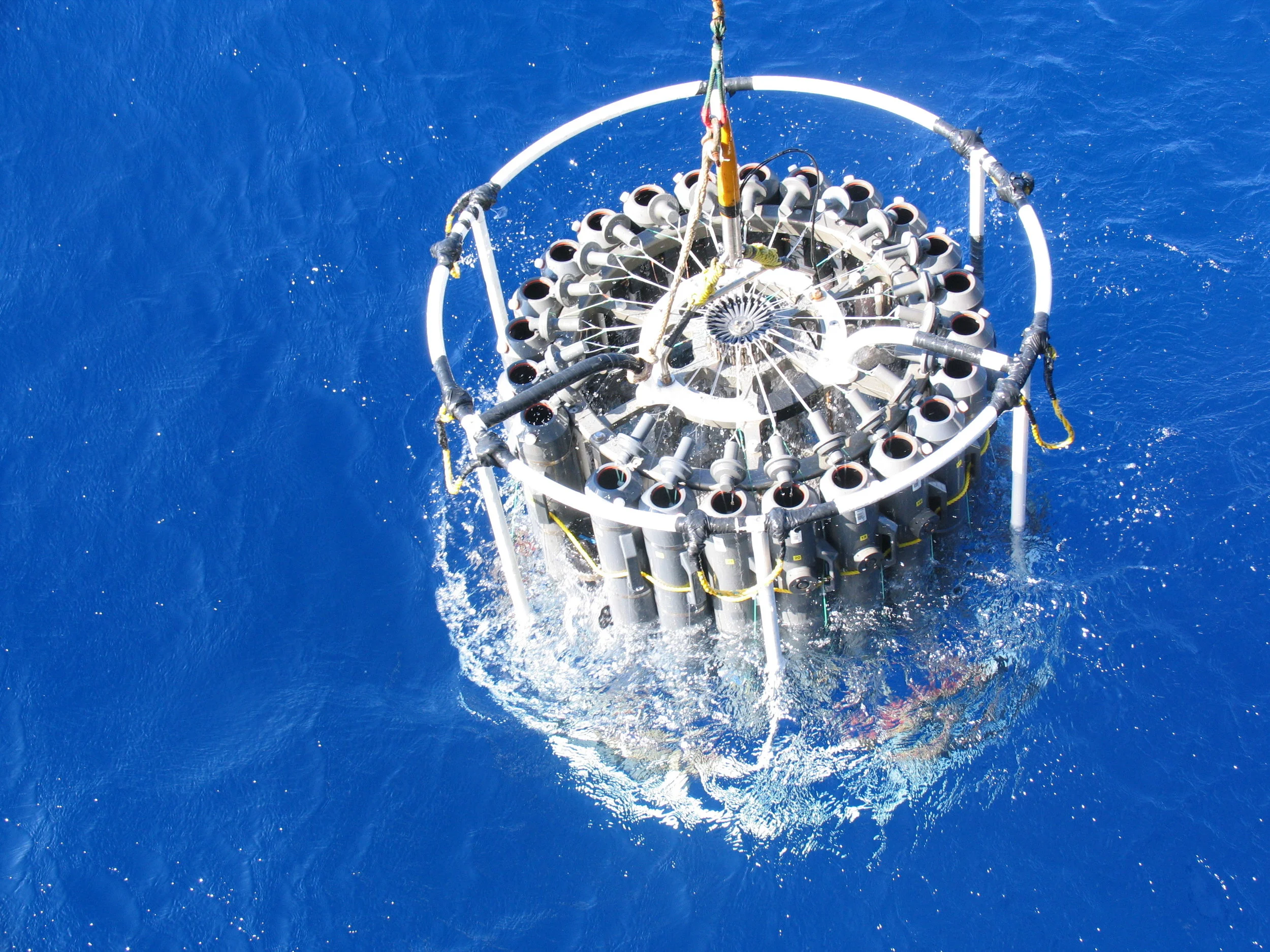The Walton Smith departed Gulfport at 8PM on May 25. The science party consists of microbiologists, geologists and biogeochemists from the University of Georgia, the University of North Carolina (Chapel Hill), the University of California (Santa Barbara) and the University of Southern Mississippi and Justin Gillis, a journalist. Our objective is to conduct a comprehensive, interdisciplinary study of the deepwater plumes that were discovered on the Pelican cruise two weeks ago . We will be further documenting the plume's distribution as well as measuring microbial activity and a suite of geochemical constituents. We arrived at the spill site around 6AM. There's a lot of oil on the surface to the N-NE of the spill site. The smell of oil and gas is strong. I expected to see a lot of ships in the area but I was amazed by the density of ships: there are ships everywhere, as far as you can see. We began to cruise a line to the SW in search of the plume discovered on the Pelican cruise. We turned on the chirp sonar system around 8AM but the plume appears to be acoustically transparent -- or maybe it has moved? At about 9:30, we decided to do a profile with the sensors to "see" what the water column looks like.
CTD rosette in the water
We use an instrument called a "CTD rosette" to characterize the water column and collect water samples from specific depths. The CTD rosette contains an instrument with sensors that quantify temperature, salinity, depth, chlorophyll (an indicator of phytoplankton biomass), colored dissolved organic matter ("CDOM," which includes oil), and transmissometer (which essentially detects particles in the water). The rosette also contains special bottles for collecting water at a specific depth. We trigger the bottles at depths where we see interesting signals in the CDOM, and we use the water for measuring methane gas concentration and oxygen consumption rates on board the ship. We're also collecting samples for analysis of oil, basic geochemistry, nutrients, and microbiology; those samples will be analyzed back at the UGA laboratory. The CTD is in the water now so we should have our first samples soon!
Dr. Samantha Joye at sea



